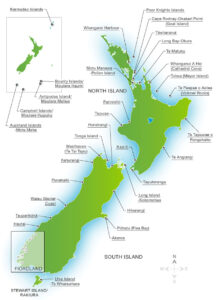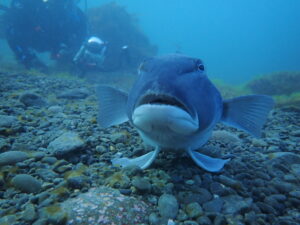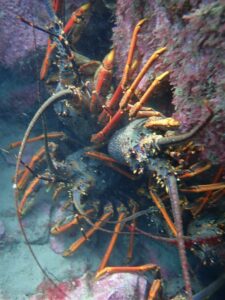Yes in my back yard!
We should all want a marine reserve in our local area.
If you have been diving the same sites long enough, you would have noticed changes and unfortunately, they are not often for the better.
Marine reserves offer the highest level of marine protection and are established under the Marine Reserves Act 1971. The main aim of a marine reserve is to create an area that is free from alterations to marine habitats and marine life. This enables scientists to make useful comparisons for between protected and non-protected areas.

New Zealand’s marine environment covers over 4 million square kilometers of ocean and is home to more than 15,000 species. However, only 0.3% of our total marine environment or just 7% of New Zealand’s coastal waters is protected.
New Zealand currently has 44 marine reserves, the first established in 1975 at Goat Island. Our two largest marine reserves are located on offshore islands (Auckland and Kermadec Islands) and account for 97% of our protected sea-area.
Reserves are established in areas that contain unique underwater scenery, natural features, or marine life, or areas so beautiful or unique that their continued preservation is in the national interest. Marine reserves can be enjoyed by everyone, providing opportunities for divers and snorkelers to see rare sea creatures and environments and gain a glimpse of what our oceans may have looked like in the past.
A marine reserve along Wellington’s south coast was initially proposed by the Department of Conservation in 1988, and then by the Royal Forest and Bird Protection Society of New Zealand in 1991. This area was considered significant due to its proximity to the capital and a heavily populated area. Its ecological significance is due to the rugged headlands, rocky shores, steep gravel and sandy beaches along with three different currents bringing together a unique mix of species from warm and cold waters.


There was strong opposition from locals who feared the loss of traditional recreational and fishing rights. The area around Island Bay was also easily accessible for everyone and provided a sheltered area for swimming, diving and boating activities. However, the Taputeranga Marine Reserve finally came into place in 2008.
When I first started diving, along Wellington’s south coast (25 years ago), we would often see schools of fish and stingrays. If we wanted a crayfish for dinner, we could just grab one as we explored the dive site. Over time we had to start looking for crayfish, and then we didn’t really bother though we might take a catch bag – just in case.
Our favourite local dive sites are now all based in the reserve where divers get to interact with curious Blue Cod, watch schools of Blue Moki feeding and where crayfish encounters are commonplace with large cray nests and individual crays out exploring the sea.


If you have the opportunity to promote and support new protected areas or a marine reserve in your community then please do it! The short-term loss of kaimoana is more than made up by the joy of diving with the fishes!
